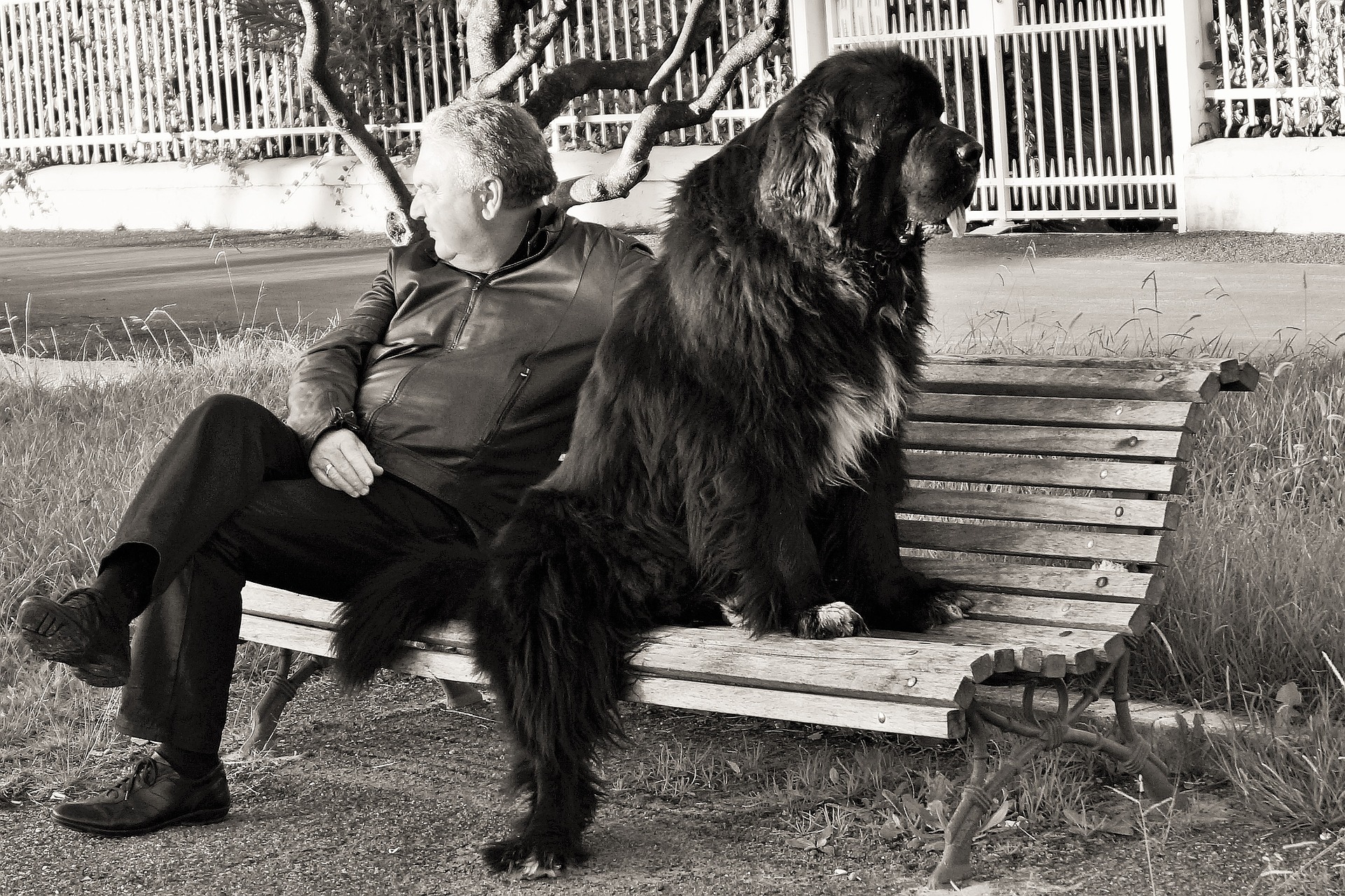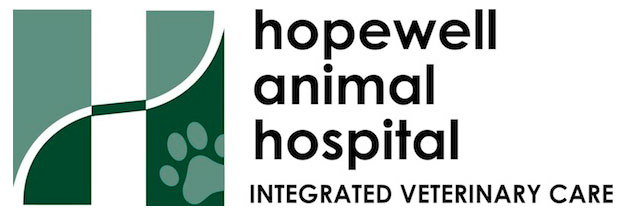
In this installment we will look at some of the ways to evaluate quality of life (QoL). Because our patients, your pets, can’t speak to us, we have to find other ways to evaluate how they are feeling. Sometimes we get a “gut” feeling. More often than not, this can be a very accurate way to asses a pet’s comfort. No one knows a pet better than their owner. We honestly believe that there is a special bond between the pet and the pet guardian. In many cases there is a tremendous amount of non verbal communication present and our subconscious mind can really tune in to our pet. A lot of the time we spend more time with our pets than our own families. We take care of our pets in ways that we don’t for any other living being and this creates a special place in our hearts. None of us want our pet to suffer but trying to figure this out has been the focus of a great deal of research.
In several articles researchers have tried to produce a standardized formula to asses the quality of life for a patient. Many of these assessments have targeted either a specific disease or type of disease for example, in the Veterinary Clinics of North America Small Animal Practice, Dr. Noil from the Italian Veterinary Dermatology Service, designed a tool to asses the QOL in patients with skin conditions. Other doctors have published assessments for patients with cancer, neurological problems and patients undergoing radiation therapy.
So how do we look at the individual patient in front of us? Dr. Alice Villalobos, a well respected oncologist has suggested a QoL scale based upon 7 parameters :
![]() Hurt – is there any pain? If so, can we control it
Hurt – is there any pain? If so, can we control it
![]() Hunger – is your pet able to eat on their own?
Hunger – is your pet able to eat on their own?
![]() Hydration – is your pet drinking water and not becoming dehydrated?
Hydration – is your pet drinking water and not becoming dehydrated?
![]() Hygiene – is your pet able to stay free from feces and urine scald? Are you able to maintain them?
Hygiene – is your pet able to stay free from feces and urine scald? Are you able to maintain them?
![]() Happiness – is your pet happy to see you when you come home? Do they even notice you?
Happiness – is your pet happy to see you when you come home? Do they even notice you?
![]() Mobility – is your pet able to get around? This can include assistance if we are able to provide it?
Mobility – is your pet able to get around? This can include assistance if we are able to provide it?
![]() More good days than bad – a calendar can help us monitor “good or bad ” days, and allow us to look back over a period of time.
More good days than bad – a calendar can help us monitor “good or bad ” days, and allow us to look back over a period of time.
Of course, these parameters are very subjective and no two members of the same family may have the same opinion.
What is important to remember is that many of these issues can be addressed or mitigated to improve your pet’s QoL. For example, we have new methods of pain control, we use many of the same medications that are used in human medicine, including Non steroidal anti-inflammatories, opiates, receptor blockers and others. Additionally at Hopewell Animal Hospital we offer laser therapy, acupuncture, traditional Chinese medicine, and spinal manipulation to help with discomfort. Also, there are many nursing steps that can be taken to help with pain. Another area that has seen recent growth is the area of diet: there are lots more palatable foods than in the past, there are also new appetite stimulants for dogs and cats and of course, there are feeding tube interventions if indicated. As for mobility, we are seeing the use of carts (wheelchairs) for animals on the rise, with the advent of 3-D printing, it won’t be long before we will have reasonably priced prosthetics.
We are always available to help you asses your pet’s QoL, our compassionate staff members are trained to answer your questions. Remember what we discussed in a previous blog post, ask us before the internet, or at the very least check with us before you try something that seems to good to be true. Please contact us with specific questions, remember you don’t have to go through this difficult time alone.
